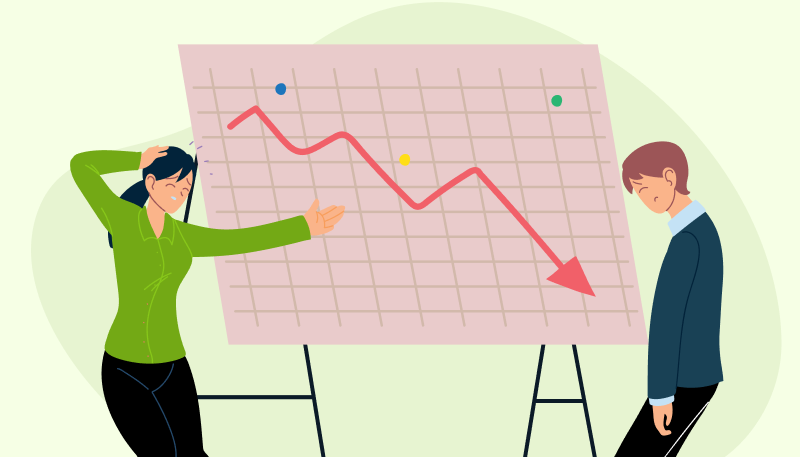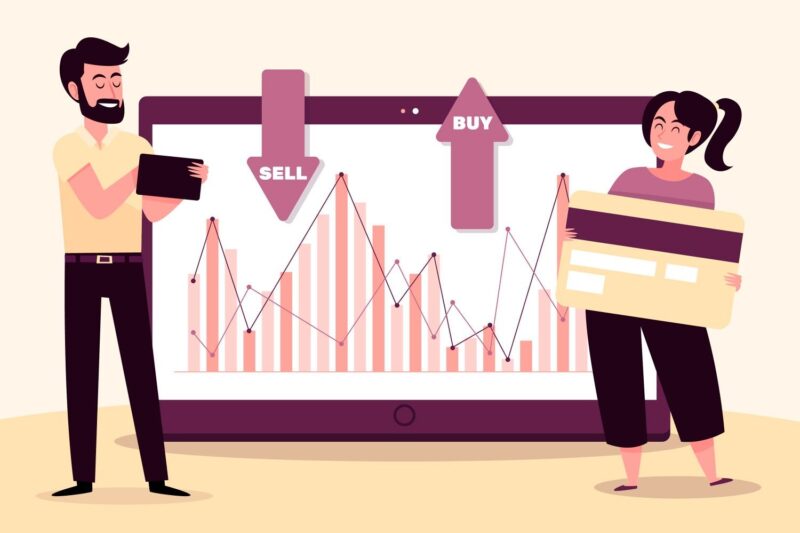Managing your finances is now simpler than ever, thanks to digital payments and online banking, but it also requires greater concentration. Although UPI platforms and apps allow transactions, they have also made it essential to keep an eye on your account’s status.
Checking your account activity on a regular basis can help with that. It’s among the easiest and most efficient methods to keep track of your spending, safeguard your money, and keep control of it.
This guide will explain everything you need to know if you’ve ever wondered how to frequently monitor account activity online and why it matters.
Why Checking Account Activity Is So Important
Every transaction, deposit, withdrawal, and transfer made from your bank account is recorded in your account activity, which functions similarly to a financial document. Reviewing it regularly helps you better understand your financial habits and identify indicators of trouble early.
This simple practice is crucial for the following reasons,
- Recognise illegal transactions – You are able to spot unusual or fraudulent activity effortlessly.
- Keep track of spending – Examining transactions boosts your financial awareness by showing where your money is going.
- Prevents Charges and Overdrafts – Maintaining a sufficient balance to cover your expenses is guaranteed by regular tracking.
- Promotes Financial Discipline – your digital banking habits are strengthened by a brief daily review of your transactions.
In simple words, monitoring your account activity is similar to getting a physical, but for your financial health.
1. Use Mobile Banking Apps for Quick Access
Using the mobile app for your bank is the quickest way to stay informed. Nowadays, the majority of banks provide real-time tracking features that enable you to view your most recent transactions from any location at any time. Here is how to do it,
- Use secure verification (PIN, fingerprint, or face ID) to access your bank’s mobile app.
- Press the name or number of your account
- Select the “account activity” or “transaction history” section.
All recent sections, including transfers, debits, and credits, will be immediately visible to you. Digital account management is made simple by the fact that many apps also let you create reports or download mini-statements.
2. Via Internet Banking Portals
Internet banking is your best option if you need to download official statements or would rather have an in-depth analysis. Just enter your Customer ID and password to access your bank’s website. Select “Account activity” or “Account Statement”. For a more specialised view, you can filter transactions by date, type, or amount. A lot of portals also let you export your statement as an Excel or PDF file, which is perfect for keeping track of your finances or bank statements.
3. Activate Transaction Alerts
Setting up email or SMS alerts is a great way to keep track of account activity without having to log in every day. You will be notified in real time whenever money comes into or goes out of your account. They have the following advantages,
- Quick detection of any questionable activity
- Improved management of daily expenses
- Improved security for online banking
These alerts can be turned on via the settings on your bank’s website or mobile app.
4. Review Your Monthly Statements
Don’t skip your monthly examination, even with real-time alerts. Every transaction is detailed on your statement, which provides you with an in-depth summary of your account activity throughout the month.
To review your statements, follow these steps,
- Verify the legality of every payment and transfer by cross-checking them.
- Keep an eye out for any ongoing or unnecessary charges.
- Monitor automatic payments. Verify the truthfulness of EMI payments and subscriptions.
You can improve your planning and strengthen your financial awareness with monthly reviews. If an issue occurs, they additionally guarantee that your records are accurate.
5. Use Budgeting and Expense Tracking Tools
Your bank account can be directly linked to fintech apps and budgeting platforms, which will automatically track account activity and group expenses. With the help of these tools, you can see how much you spend on groceries, travel, utilities, and other expenses.
You can set spending limits and improve digital account management by investigating this information. In order to promote financial discipline without the effort of manual tracking, many apps even notify you when your monthly budget is about to be reached.
6. Stay Secure While Monitoring Online
As long as you follow proven safety measures, checking your account activity online is safe. Here are some tips for staying safe when using digital banking,
- Use your bank’s official apps or websites at all times.
- Do not use public Wi-Fi to carry out financial transactions.
- After every session, log out.
- Use two-step verification and change your passwords frequently.
Every time you access your account, these easy steps ensure safe online transactions.
7. Make It a Habit
The key to effective credit and account management is consistency. It’s not good enough to check once a month; establish a weekly or even daily routine. You may prevent future financial stress by doing this in just one minute.
You may choose a specific day, such as every Sunday, to examine your spending categories, balance, and transactions. This practice will improve your financial decision-making skills and your relationship with money over time.
The Power of Awareness
Understanding your financial behaviour is more important than simply identifying mistakes or fraud when you keep an eye on your account activity. It provides you with a clear view of your financial circumstances, spending patterns, and potential for savings.
Awareness refers to security in a world where online payments are becoming widely accepted. Your confidence and sense of control increase as you keep a closer eye on your finances.
Conclusion
Regular online account activity monitoring maintains the security and visibility of your finances. You can track your spending, identify mistakes, and maintain control with the help of mobile apps, alerts, and basic reviews.
You can avoid more serious financial issues tomorrow by being aware for a few minutes today.




